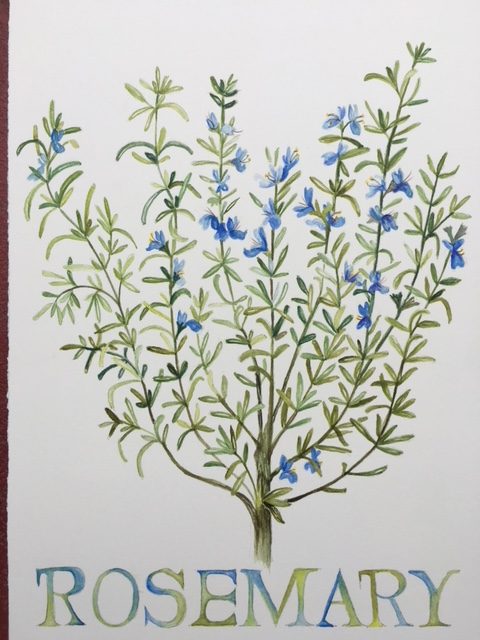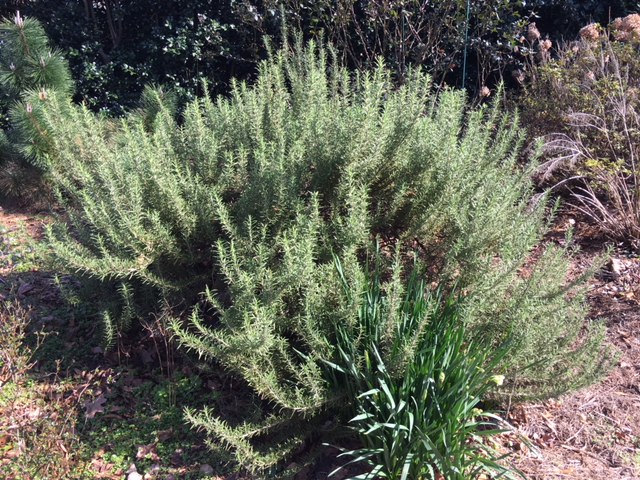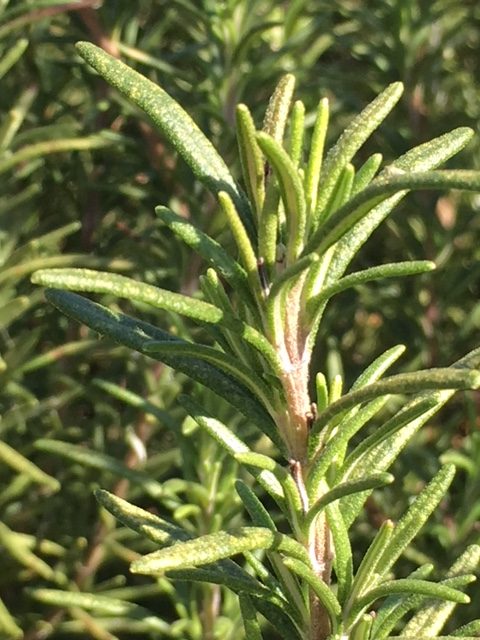Rosemary is queen of the herb garden – and has been for millennia. The first mention of this pungent herb was on Egyptian stone tablets dating back to 5000 BC. Today, Rosemary has a seemingly endless number of “babies” or different cultivars developed from this ancient plant.

Actually all rosemaries can be grouped into two types, either upright and shrub-like or prostrate and crawling. Their blossom colors vary from blue to white, pink and lavender. Some varieties are best for cooking while others are better off to stay in the garden.

The name rosemary actually has nothing to do with roses – or girls named Mary. Instead, it’s from the Latin words ros and marinus meaning “dew of the sea.” A few years ago it was renamed Salvia rosmarinus. Formerly, it was known as Rosmarinus officinalis.
Superstitions about rosemary abound. For example, if you braid sprigs of rosemary into your hair, it will help your memory. It was also thought to have great powers of protection and would guard you against evil spirits. If you put rosemary under your pillow, it will help you have good dreams.

Most people use rosemary more for flavoring that for guarding against evil spirits. Because it’s mostly evergreen, it’s useful year round. Try adding a sprig of rosemary to the coals 15 minutes before grilling, or adding minced rosemary to softened butter or use it when cooking chicken or pork. Or, add a bit of rosemary to savory bread dough and bake it in.

Rosemary is easy to grow and is drought tolerant, making it extra welcomed in these days of sporadic rainfall. Once a plant is growing well, lateral branches that are touching the ground tend to send out roots. If you cut these newly rooted sprouts from the mother plant and allow them to grow on their own, you’ll soon have Rosemary’s babies all over the place.
One more superstition about rosemary: if rosemary grows abundantly in a garden, it means that the woman rules the household. Now I understand why rosemary is the only shrub that Jack prunes regularly!
